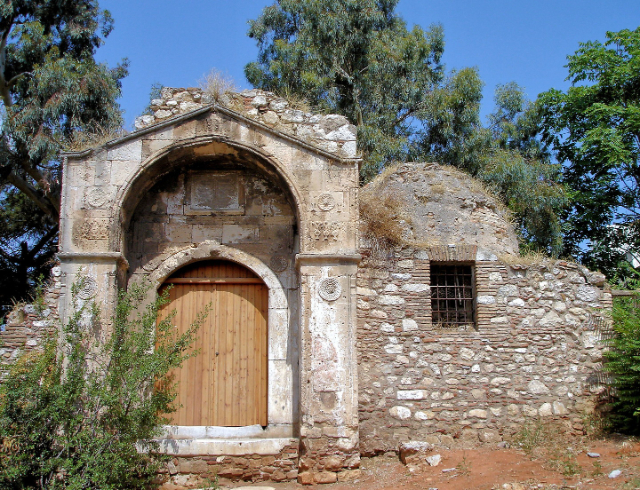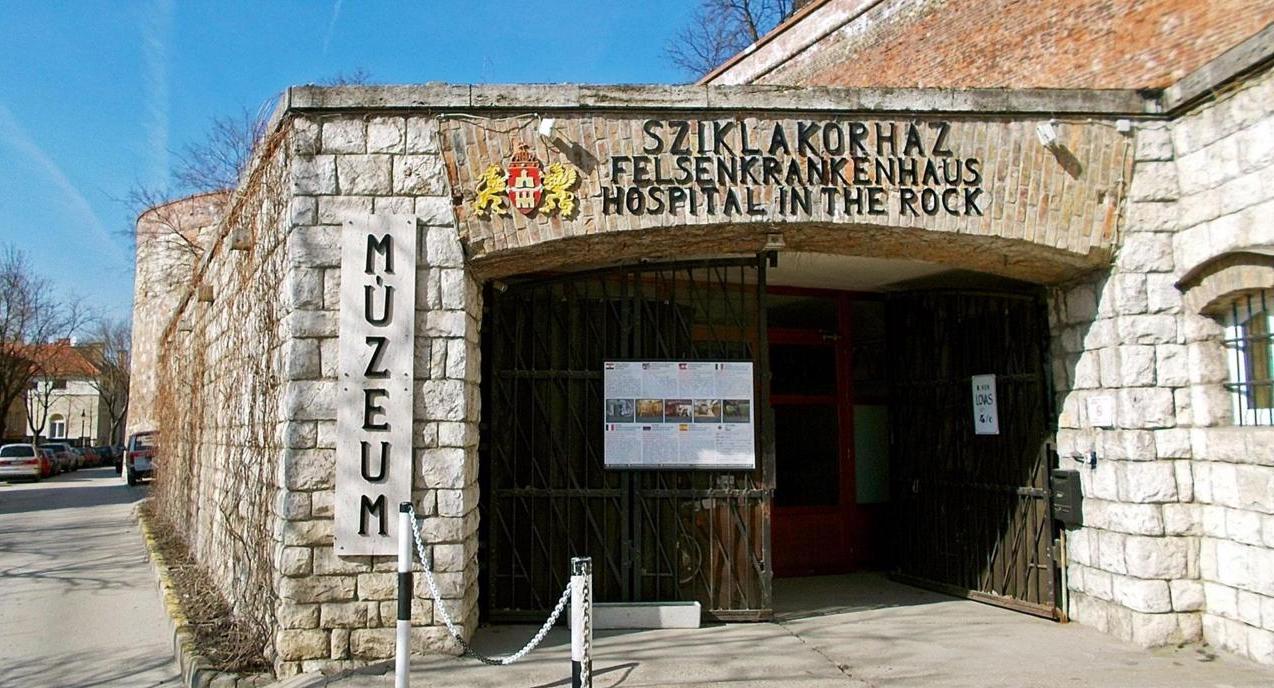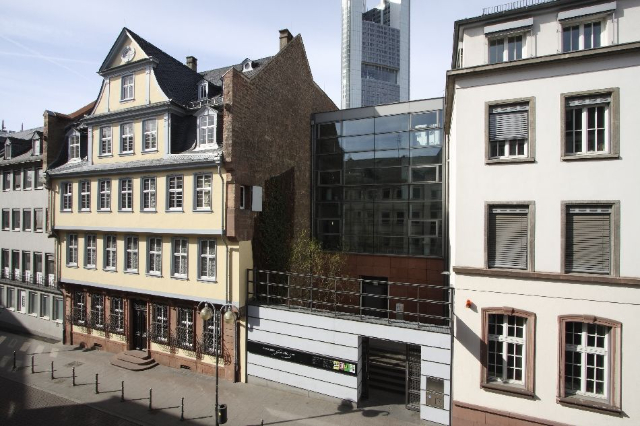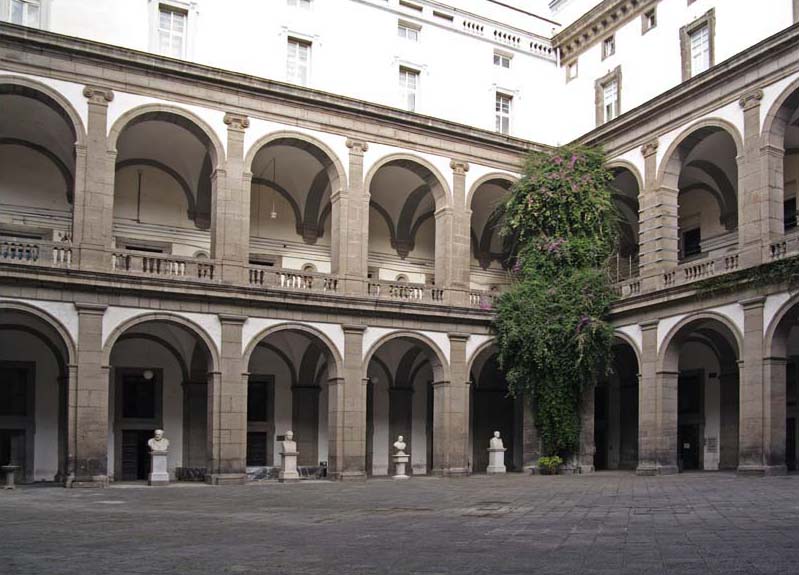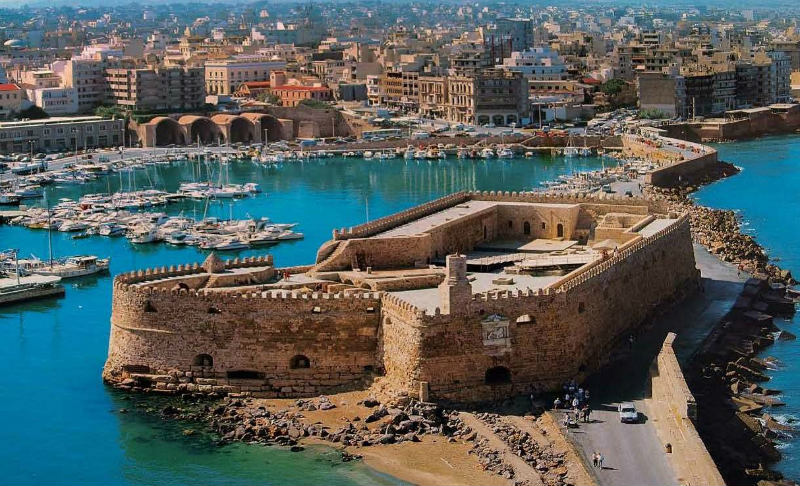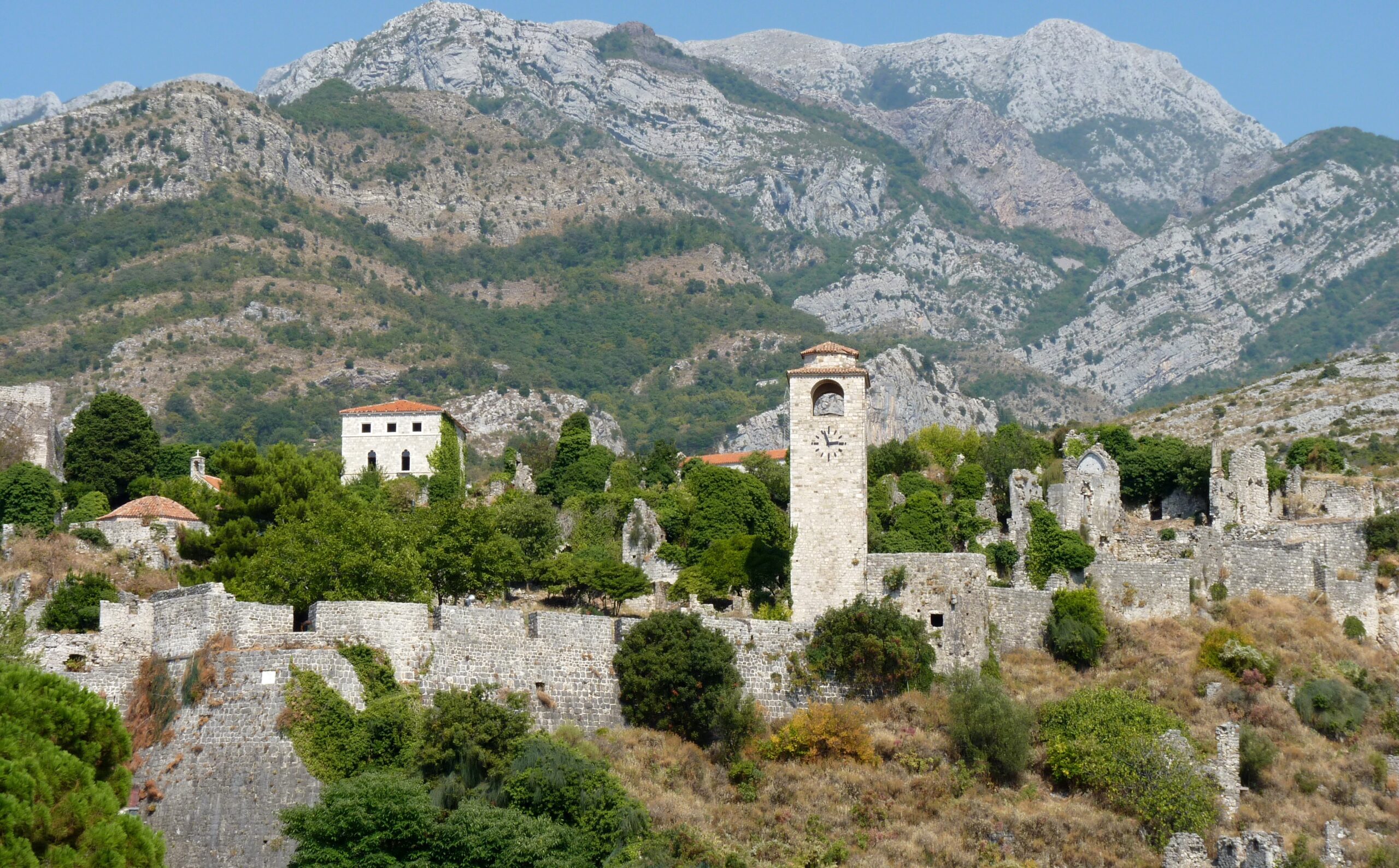The Old Madrasa of Athens serves as a haunting monument to the complexities of history, capturing both the highs and lows of human existence in a single location. While many sites in Athens celebrate the grandeur of classical antiquity, the Old Madrasa stands as a stark reminder of darker periods.
Originally constructed in 1721, the Islamic theological school was a center of learning and community during the Ottoman era. Centered around a large courtyard and a symbolic plane tree, the Madrasa was an essential part of Muslim life in Athens. However, with the decline of the Ottoman Empire, the school was relocated, and the structure was repurposed into a prison, signaling the beginning of its more sordid history.
As a prison, the living quarters that once housed scholars and religious figures turned into overcrowded, inhumane cells. The plane tree, once a symbol of community and enlightenment, turned into a hangman’s tree where hundreds met their tragic end. Over the years, the site saw successive waves of horror, from the Greek War of Independence to the executions of Turks and Greek political prisoners.
Today, all that remains is a solitary doorway, the threshold to what was once a place of learning, then a chamber of horrors. The tree that stood at its center was destroyed by a lightning strike in 1919, as if nature itself wanted to close a terrible chapter in the building’s history.
For those visiting, the site is located in Plaka, Athens’ oldest neighborhood, situated opposite the Tower of the Winds near the Roman Agora. While the remnants may appear unassuming, they are a potent symbol of the transformative, often cruel nature of history. To stand in front of that doorway is to ponder the profound ways that places can be marked by both enlightenment and suffering, often in the same breath.
